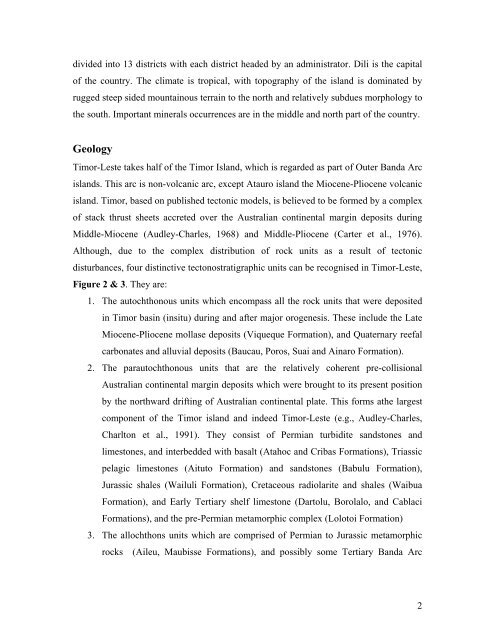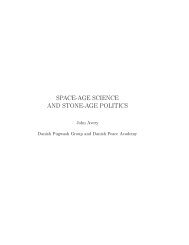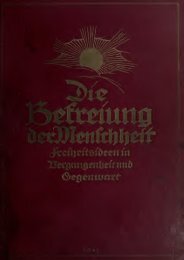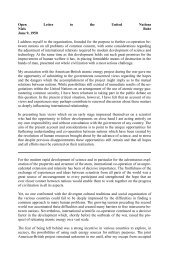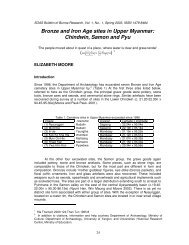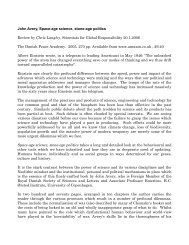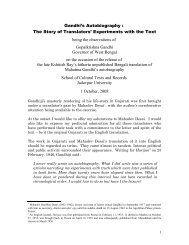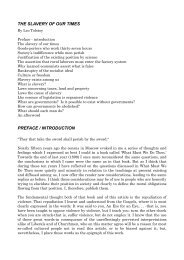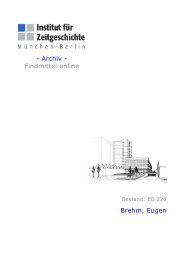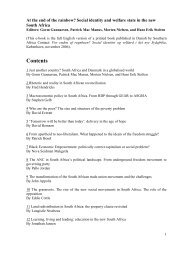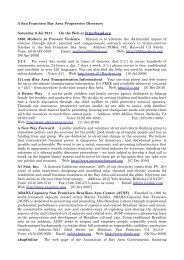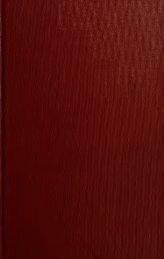Exploring Timor-Leste - The Pacific Economic Cooperation Council
Exploring Timor-Leste - The Pacific Economic Cooperation Council
Exploring Timor-Leste - The Pacific Economic Cooperation Council
Create successful ePaper yourself
Turn your PDF publications into a flip-book with our unique Google optimized e-Paper software.
divided into 13 districts with each district headed by an administrator. Dili is the capital<br />
of the country. <strong>The</strong> climate is tropical, with topography of the island is dominated by<br />
rugged steep sided mountainous terrain to the north and relatively subdues morphology to<br />
the south. Important minerals occurrences are in the middle and north part of the country.<br />
Geology<br />
<strong>Timor</strong>-<strong>Leste</strong> takes half of the <strong>Timor</strong> Island, which is regarded as part of Outer Banda Arc<br />
islands. This arc is non-volcanic arc, except Atauro island the Miocene-Pliocene volcanic<br />
island. <strong>Timor</strong>, based on published tectonic models, is believed to be formed by a complex<br />
of stack thrust sheets accreted over the Australian continental margin deposits during<br />
Middle-Miocene (Audley-Charles, 1968) and Middle-Pliocene (Carter et al., 1976).<br />
Although, due to the complex distribution of rock units as a result of tectonic<br />
disturbances, four distinctive tectonostratigraphic units can be recognised in <strong>Timor</strong>-<strong>Leste</strong>,<br />
Figure 2 & 3. <strong>The</strong>y are:<br />
1. <strong>The</strong> autochthonous units which encompass all the rock units that were deposited<br />
in <strong>Timor</strong> basin (insitu) during and after major orogenesis. <strong>The</strong>se include the Late<br />
Miocene-Pliocene mollase deposits (Viqueque Formation), and Quaternary reefal<br />
carbonates and alluvial deposits (Baucau, Poros, Suai and Ainaro Formation).<br />
2. <strong>The</strong> parautochthonous units that are the relatively coherent pre-collisional<br />
Australian continental margin deposits which were brought to its present position<br />
by the northward drifting of Australian continental plate. This forms athe largest<br />
component of the <strong>Timor</strong> island and indeed <strong>Timor</strong>-<strong>Leste</strong> (e.g., Audley-Charles,<br />
Charlton et al., 1991). <strong>The</strong>y consist of Permian turbidite sandstones and<br />
limestones, and interbedded with basalt (Atahoc and Cribas Formations), Triassic<br />
pelagic limestones (Aituto Formation) and sandstones (Babulu Formation),<br />
Jurassic shales (Wailuli Formation), Cretaceous radiolarite and shales (Waibua<br />
Formation), and Early Tertiary shelf limestone (Dartolu, Borolalo, and Cablaci<br />
Formations), and the pre-Permian metamorphic complex (Lolotoi Formation)<br />
3. <strong>The</strong> allochthons units which are comprised of Permian to Jurassic metamorphic<br />
rocks (Aileu, Maubisse Formations), and possibly some Tertiary Banda Arc<br />
2


